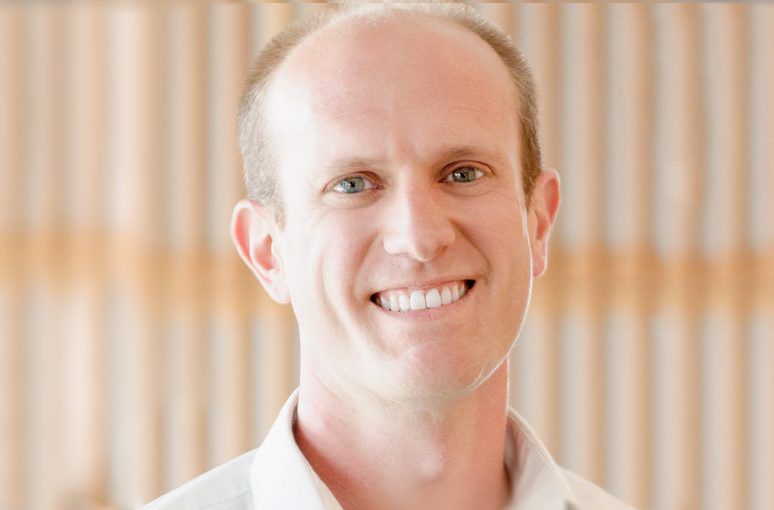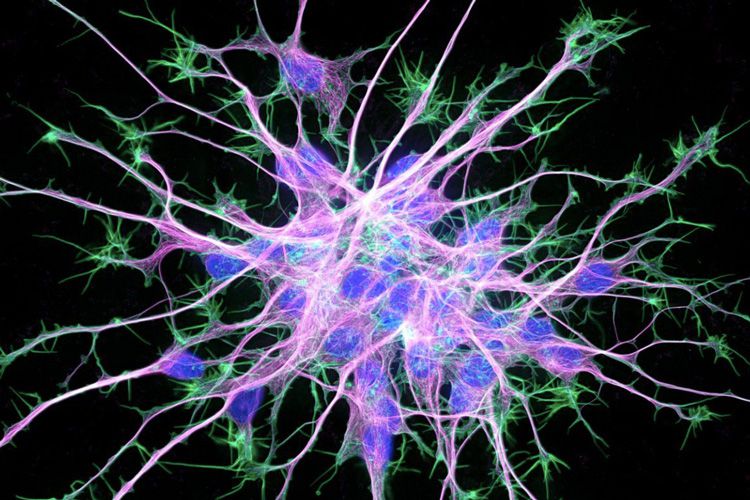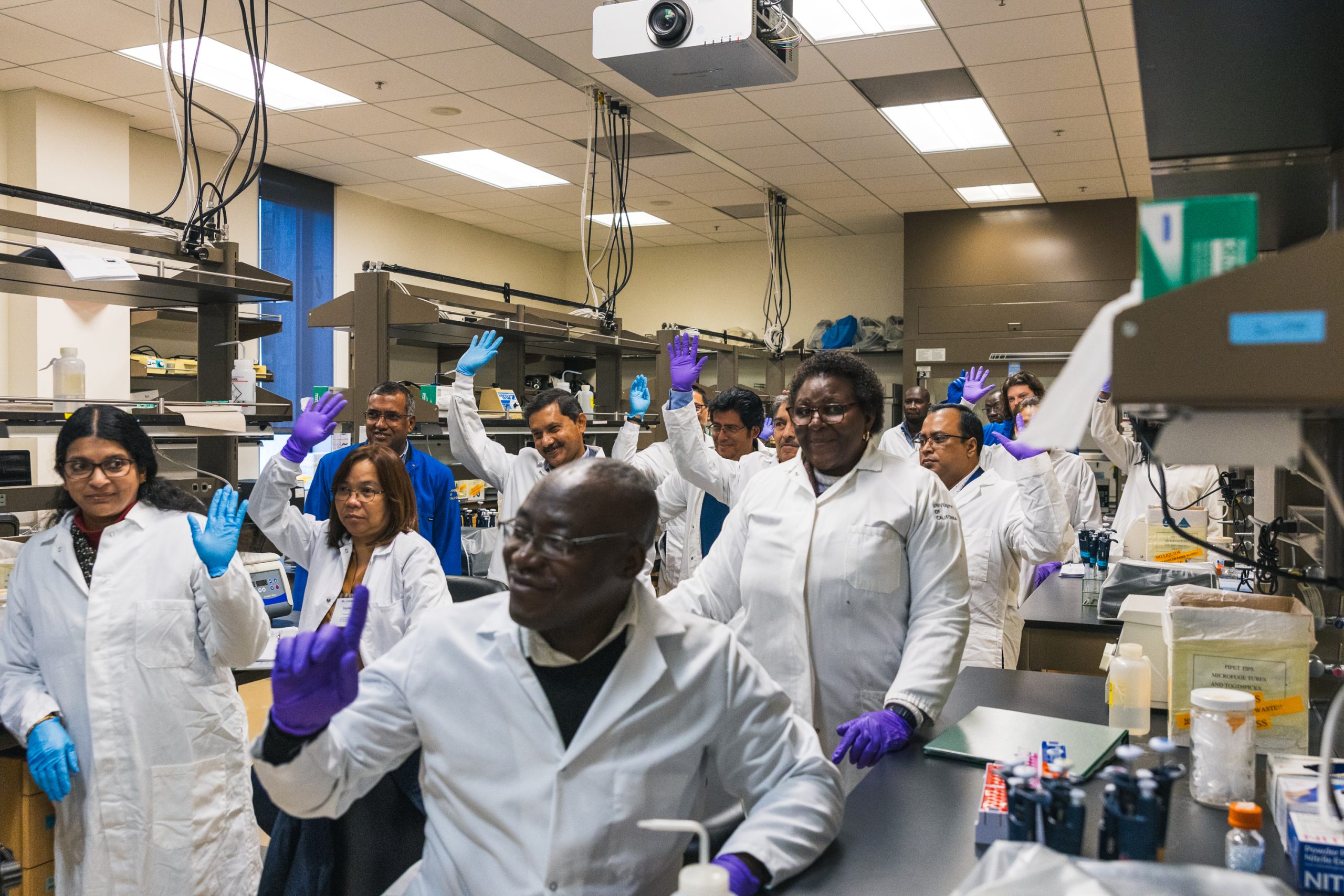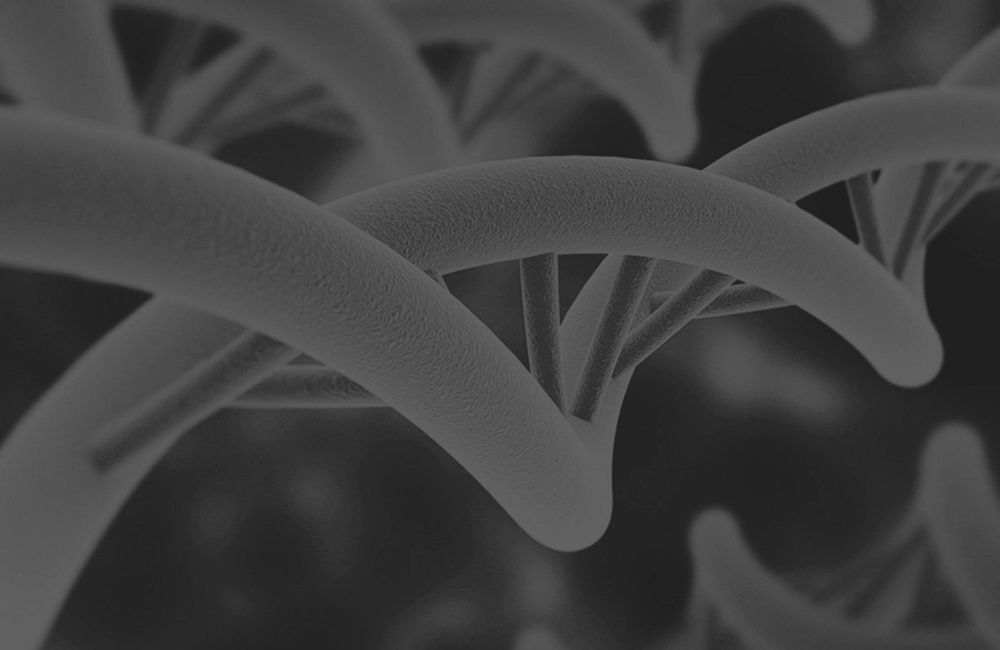
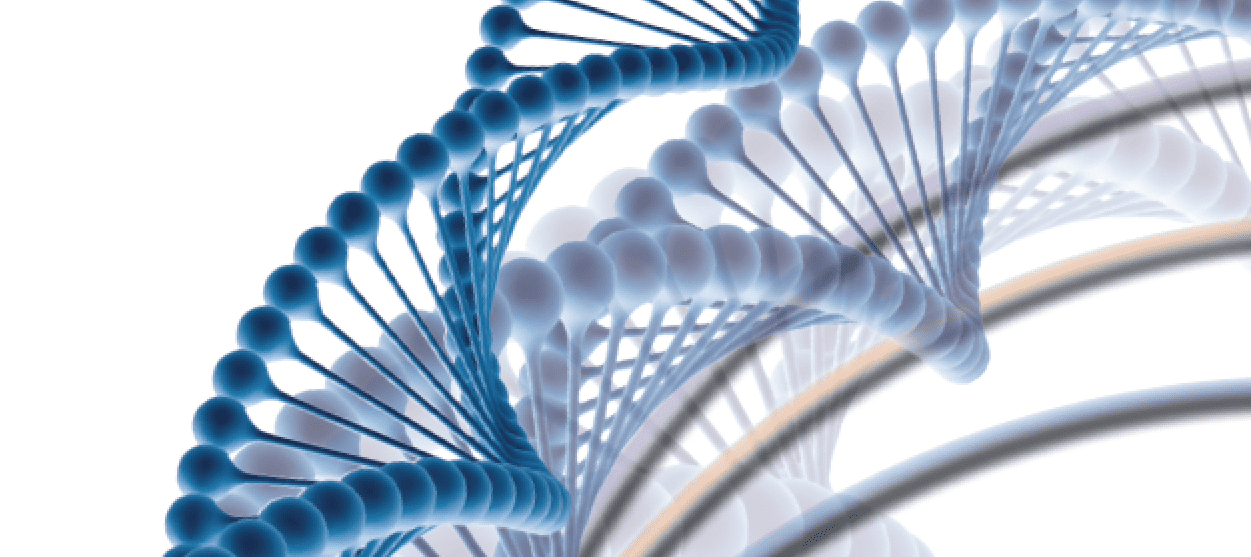
Scientists, bioethicists, policy makers, and more met Dec 1-3 at the national academies for the International Summit on Human Gene Editing. The topics were well chosen, the speakers were eloquent, and the summit ended with a responsible and forward thinking statement about the future of gene editing.
But what does it mean? The summit statement is very clear to a scientist, but in some places is opaque as mud to the lay person. For a topic such like human gene editing, it’s important that everyone know where we are and where we’re going. And so, here’s a translation of the international summit statement on human gene editing. This won’t be quite as simple as Randall Munroe’s Thing Explainer, but I’ll strive for simplicity. The original statement is in blockquote italics, while the translation is in normal text.
TL;DR Gene editing is going to be great, but we should hold back for now on changing humans in ways that would be passed on to future generations.
On Human Gene Editing:
International Summit Statement
Scientific advances in molecular biology over the past 50 years have produced remarkable progress in medicine. Some of these advances have also raised important ethical and societal issues – for example, about the use of recombinant DNA technologies or embryonic stem cells. The scientific community has consistently recognized its responsibility to identify and confront these issues. In these cases, engagement by a range of stakeholders has led to solutions that have made it possible to obtain major benefits for human health while appropriately addressing societal issues.
Fundamental research into the ways by which bacteria defend themselves against viruses has recently led to the development of powerful new techniques that make it possible to perform gene editing – that is, precisely altering genetic sequences – in living cells, including those of humans, at much higher accuracy and efficiency than ever before possible. These techniques are already in broad use in biomedical research. They may also enable wide-ranging clinical applications in medicine. At the same time, the prospect of human genome editing raises many important scientific, ethical, and societal questions.
After three days of thoughtful discussion of these issues, the members of the Organizing Committee for the International Summit on Human Gene Editing have reached the following conclusions:
Biology has done a lot of good for human health through things like new medicines. But science moves fast, and sometimes we learn how to do something before we’ve really had a chance to talk about whether we should do it. Newly developed ways to edit genes fall into that category. Using gene editing, it is now easy to precisely change the DNA of a cell or even an animal. This could include curing genetic disease in humans. Gene editing can be done in specific organs in adults, so that people with a genetic disease are themselves cured in a specific way but don’t pass the cure on to their children. But gene editing could also be done in eggs just after fertilization, which means both an entire baby would be edited and that baby would eventually pass the edits on to their own children. This is a big deal, and we should talk about the ramifications of this ability.
1. Basic and Preclinical Research. Intensive basic and preclinical research is clearly needed and should proceed, subject to appropriate legal and ethical rules and oversight, on (i) technologies for editing genetic sequences in human cells, (ii) the potential benefits and risks of proposed clinical uses, and (iii) understanding the biology of human embryos and germline cells. If, in the process of research, early human embryos or germline cells undergo gene editing, the modified cells should not be used to establish a pregnancy.
Basic research should not be hindered, but needs to follow the rules. Human gene editing research should go ahead in three areas: i) how to do gene editing in humans to cure disease, ii) where gene editing would be most useful and what might go wrong during editing, iii) how do we humans even have babies in the first place and why do some people have trouble having babies? If scientists use gene editing to ask basic research questions about the biology of eggs, or sperm, those edited eggs or sperm should not be used to make a baby. This means that edits will not be passed on between generations.
2. Clinical Use : Somatic. Many promising and valuable clinical applications of gene editing are directed at altering genetic sequences only in somatic cells – that is, cells whose genomes are not transmitted to the next generation. Examples that have been proposed include editing genes for sickle-cell anemia in blood cells or for improving the ability of immune cells to target cancer. There is a need to understand the risks, such as inaccurate editing, and the potential benefits of each proposed genetic modification. Because proposed clinical uses are intended to affect only the individual who receives them, they can be appropriately and rigorously evaluated within existing and evolving regulatory frameworks for gene therapy, and regulators can weigh risks and potential benefits in approving clinical trials and therapies.
Gene editing could be used in the treatment of many diseases. This could involve using gene editing as a tool to make a new drug, or actually editing cells in patients who have a genetic disease. In this latter case, gene editing should only be used in cells that are not eggs or sperm. This means that individual patients will receive the benefits of the treatment, but the gene edits will not be passed on to their children. Restricting gene editing to cells other than eggs and sperm is important because we don’t yet understand the long-term risks associated with gene editing. There is a decent medical regulatory framework in place that could be applied to gene editing medicines, and we should build experience in gene edits that are not passed between generations.
3. Clinical Use: Germline. Gene editing might also be used, in principle, to make genetic alterations in gametes or embryos, which will be carried by all of the cells of a resulting child and will be passed on to subsequent generations as part of the human gene pool. Examples that have been proposed range from avoidance of severe inherited diseases to ‘enhancement’ of human capabilities. Such modifications of human genomes might include the introduction of naturally occurring variants or totally novel genetic changes thought to be beneficial. Germline editing poses many important issues, including: (i) the risks of inaccurate editing (such as off-target mutations) and incomplete editing of the cells of early-stage embryos (mosaicism); (ii) the difficulty of predicting harmful effects that genetic changes may have under the wide range of circumstances experienced by the human population, including interactions with other genetic variants and with the environment; (iii) the obligation to consider implications for both the individual and the future generations who will carry the genetic alterations; (iv) the fact that, once introduced into the human population, genetic alterations would be difficult to remove and would not remain within any single community or country; (v) the possibility that permanent genetic ‘enhancements’ to subsets of the population could exacerbate social inequities or be used coercively; and (vi) the moral and ethical considerations in purposefully altering human evolution using this technology.
Gene editing could also be used to change human sperm, eggs, or early embryos. If this were done, the gene edits would be passed down to the edited person’s children, and are thus trans-generational. This could be done to cure disease, but there’s also a possibility of making gene edits in an attempt to improve humans, for example by making an edit associated with lower cholesterol. There are many potential problems to think about, such as: i) what happens if the trans-generational gene editing procedure goes wrong or not all cells get edited? ii) what happens if a trans-generational gene editing procedure goes right, but bad things happen over the long term between generations because we don’t understand human genetics very well? iii) what will future generations think about being the product of gene editing? iv) once we make trans-generational gene edits, it will be very hard to go back because people intermingle so often. v) trans-generational gene editing could be very unfair, and might extend “rich get richer” societal problems into our very genes, and vi) trans-generational edits could change our own evolution more than societal influences, and it’s not clear that we actually want to or should do that.
It would be irresponsible to proceed with any clinical use of germline editing unless and until (i) the relevant safety and efficacy issues have been resolved, based on appropriate understanding and balancing of risks, potential benefits, and alternatives, and (ii) there is broad societal consensus about the appropriateness of the proposed application. Moreover, any clinical use should proceed only under appropriate regulatory oversight. At present, these criteria have not been met for any proposed clinical use: the safety issues have not yet been adequately explored; the cases of most compelling benefit are limited; and many nations have legislative or regulatory bans on germline modification. However, as scientific knowledge advances and societal views evolve, the clinical use of germline editing should be revisited on a regular basis.
Therefore, we should not do trans-generational editing at this time. But we should keep asking ourselves hard questions about trans-generational editing on both scientific and societal levels: i) how safe is trans-generational editing and do the benefits outweigh the risks? ii) does everyone agree that we should do trans-generational editing? iii) how would we regulate trans-generational editing?
4. Need for an Ongoing Forum. While each nation ultimately has the authority to regulate activities under its jurisdiction, the human genome is shared among all nations. The international community should strive to establish norms concerning acceptable uses of human germline editing and to harmonize regulations, in order to discourage unacceptable activities while advancing human health and welfare.
We therefore call upon the national academies that co-hosted the summit – the U.S. National Academy of Sciences and U.S. National Academy of Medicine; the Royal Society; and the Chinese Academy of Sciences – to take the lead in creating an ongoing international forum to discuss potential clinical uses of gene editing; help inform decisions by national policymakers and others; formulate recommendations and guidelines; and promote coordination among nations.
The forum should be inclusive among nations and engage a wide range of perspectives and expertise – including from biomedical scientists, social scientists, ethicists, health care providers, patients and their families, people with disabilities, policymakers, regulators, research funders, faith leaders, public interest advocates, industry representatives, and members of the general public.
We need to keep talking about gene editing. And by “we”, that means everyone, even across national boundaries. And everyone in all walks of life need to be involved in the conversation. Gene editing has the potential to have a huge impact on medicine and could finally cure genetic diseases. But we must move carefully and with lots of thought, so don’t rush into things.
